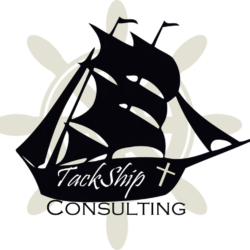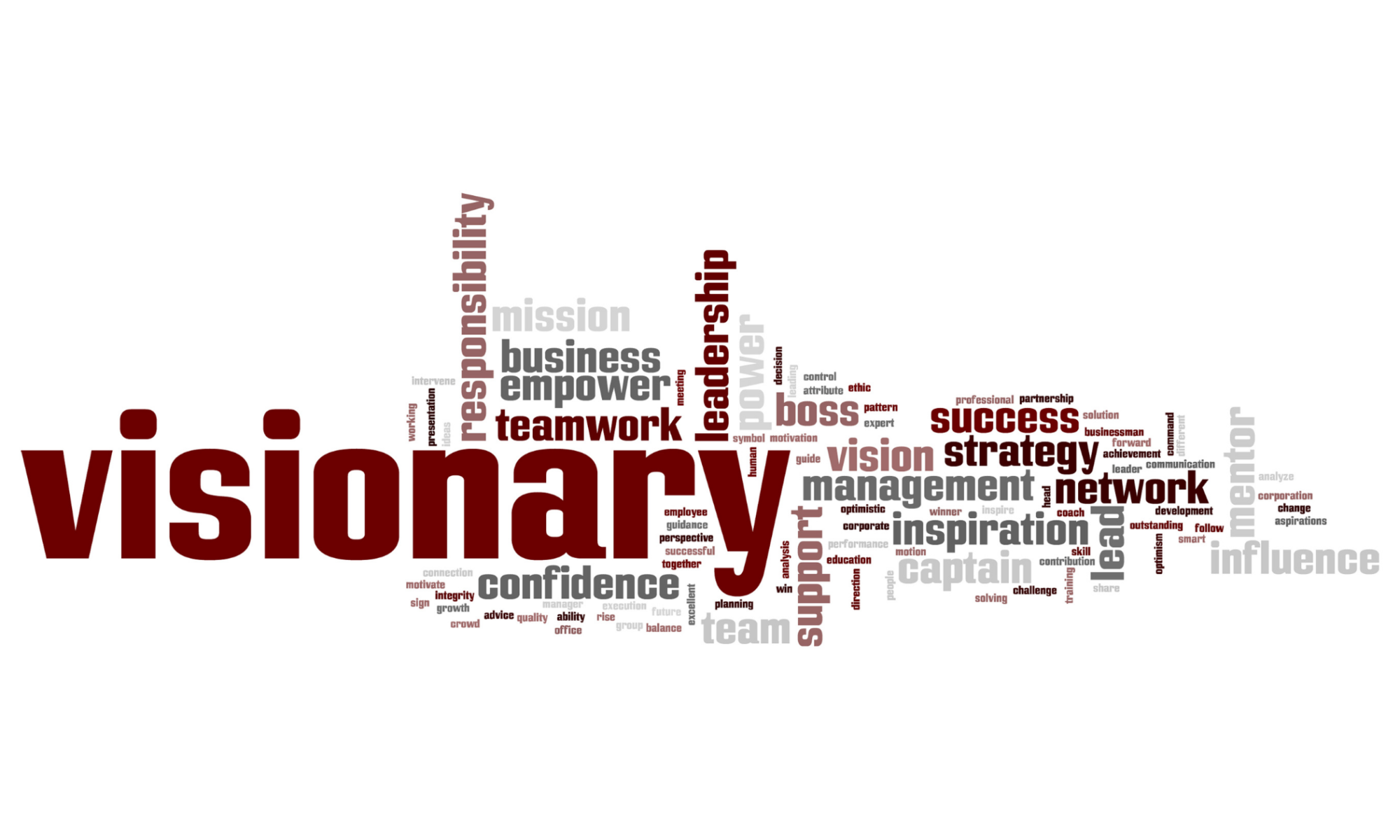Who’s the right fit for your organization?
A tenet of the Entrepreneurial Operating System (EOS) is making sure that you have the right people in the right seat within your organization that follow your core values.
While ideally, one would identify the critical functions of the company, often companies grow with limited human resources and many people are filling many hats trying to keep the cash moving and flowing, as the company grows. Eventually, understanding the core functions of your team, and assigning accountability for these functions will allow for better use of people, within your organization.
What are your core values?
Your company’s core values really are your company’s “lived values.” That is, the values on the wall that one or two people came up with, may not be the same values that are lived out every day within the company. A couple of ways to identify your true core values include identifying the core capabilities of highly respected people in the organization, as well as aspirational values that your want all of your employees to strive for. Either way, the ability to recognize and celebrate your values within your organization will ensure that they are lived.
In an interview with the CEO of Titus Talent Strategies, Jonathan Reynolds shared the importance of lived values and how his company is committed to creating a culture that truly sets them apart from the competition and allows them to continue to evolve alongside their partners.
From our conversation, I learned that creating core values is essential, but you need to make sure that they’re being lived out through the actions of everyone in the organization.
Ask yourself this question: are my values “lived” or are they just words on a wall? Then think about this: if you asked an employee what your company’s core values are would they be able to tell you? If they can’t, then you don’t have lived values.
Keep in mind that values should be specific to your organization and clearly defined, communicated to be truly lived by everyone within the company. If they aren’t, this could lead to you not filling your organization with the right people.
People Analyzer
One of the ways you can ensure that employees are living out your values as a company is by using the people analyzer tool from EOS.
This tool allows leaders to evaluate employees against their core values, something many companies don’t do but is essential for creating a successful culture built on these values.
An example of utilizing this method could be by putting your company-specific values, and the names of each employee, into a people analyzer sheet, then rating each person with a +, -, or +/-.
The ultimate goal is to find people who get a “+” in each section because if they have the same values, that gives you a better idea of whether they’d be a good fit for the organization.
Yes, this tool is useful when hiring people. But it can also determine where current employees need help living out your values. Assessing how people live core values can be utilized in annual performance reviews to ensure that they are moving in the right direction.
Finding the right person
Just because someone shares the core values, does not mean that they can do any job in the company. Ensuring the strengths, personality, abilities of your employees match their tasking, is also critical to ensuring your people are in the right seats.
If your people are not working in areas where they can thrive, their personal growth, as well as the success of the company, might be hindered. Taking the time to ensure a good fit with people and positions, roles and responsibilities ensure a place within your organization where they can shine and where they can fully use their skills because, in the long-term, it will benefit both of you.
Conversely, qualified people who don’t measure up to your core values may look good on paper but will tend to create headaches, division, have other adverse effects on company culture. “Culture eats strategy for breakfast,” is often attributed to Peter Druker. Interestingly your core values are also the core of your culture, and a strategically talented hire can go sideways pretty quickly if they do not mesh with your core values.
Accountability Chart
Another way to ensure that your company is functioning to its full ability is through the Accountability Chart. This idea focuses on keeping track of responsibilities throughout the organization because everyone has their span of influence that they’re accountable for working on; there won’t be multiple people in charge of the same task. For example, HR takes on hiring, firing, training, employee benefits and helps to resolve problems within the workspace.
When you utilize an Accountability Chart, you can keep track of the different roles and functions within the organization while keeping track of the performance of your employees.
If you don’t know where to start, that’s okay. We recommend beginning with the sales/marketing, administration, and financial department because these are often the core functions within any organization.
From there, clearly state the job functions for the positions within those different departments. By doing this, you’ll be able to figure out the roles and responsibilities for both your current and future employees.
The Accountability Chart also provides specific individuals who are accountable for these functions. They may not be the people who handle every little aspect, but each person in the organization should have some sort of accountability for something that they do for the company. This helps to establish ownership with the employee base.
Get Professional Help
Trying to find the right fit for your company doesn’t have to feel impossible. Tackship Consulting can help you examine the difference between your written and lived values, how to incorporate them into your organization, find the right people while helping you activate your passion, and optimize your performance.
Schedule your free consultation today to learn more.








